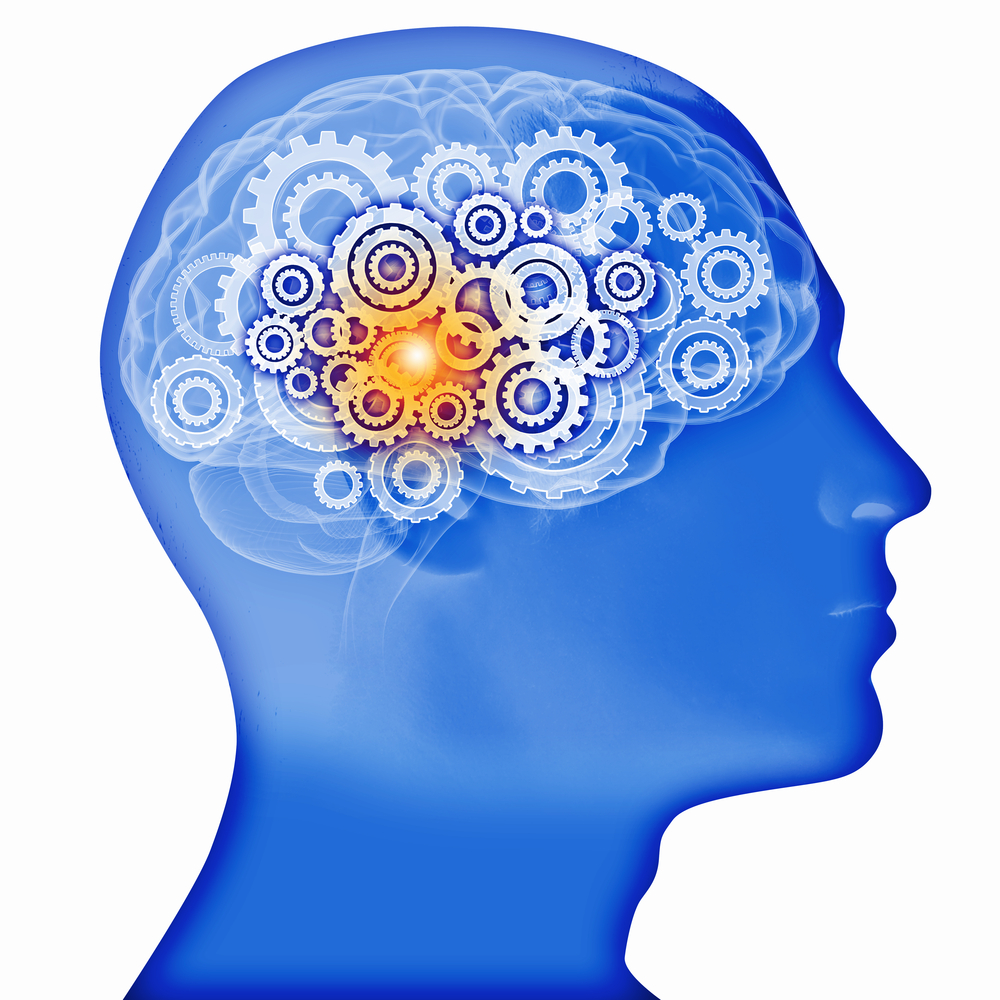New Brain Imaging Tools Allow for Scanning at Cell Level and While Moving About

New brain imaging techniques are allowing researchers to explore the brain in ever greater detail, helping them to better understand potential complications and new treatments for Parkinson’s and other neurological diseases.
Three of these new technologies were recently showcased at the American Association for the Advancement of Science (AAAS) annual meeting. They were developed by scientists involved in former President Barack Obama’s Brain Research through Advancing Innovative Neurotechnologies (BRAIN) initiative.
With a budget of $434 million for 2017, BRAIN aims at revolutionizing the understanding of the human brain, to accelerate the development and application of technologies that might aid in treating such conditions as Parkinson’s, Alzheimer’s, and schizophrenia.
One of these brain imaging technologies, called Scape, allows for 3-D microscopy imaging of minute structures in living organs or organisms at very high speeds — using it, scientists captured images of individual neurons in the brains of fruit flies. It was developed by Elizabeth Hillman, associate professor of biomedical engineering at Columbia University and of radiology at its Medical Center (CUMC).
She said the system, a hybrid of light-sheet microscopy and confocal scanning microscopy, overcomes many of the limitations of the systems on which it was based.
“You can see actually flashing green as the brain is telling the body to move,” Hillman said, according to a news release. “We can image every single neuron in the entire brain of these organisms, which was never possible to do before.”
The tool opens the possibility of decoding signals currently seen using magnetic resonance imaging (MRI), but not fully understood. “We are hoping to leverage this new technique to better understand diseases,” Hillman said.
Another new technology, patented portable MRI, is a wearable brain-scanning device that provides high-resolution images of the whole brain, including deep structures, while the subject is moving about and performing everyday activities. The device, likened to a football helmut, was co-developed by Julie Brefczynski-Lewis, an assistant professor of research at West Virginia University.
Called ambulatory microdose positron emission tomography (AMPET), the device miniaturizes the PET technology so that it fits onto a helmet worn during scanning. Initial simulations showed that AMPET offers a more than 400% increase in sensitivity over a conventional whole-body PET scanner. AMPET also requires a much lower radiation dose than conventional scanners, and can be used to scan people with epilepsy, recent strokes, and to help those suffering from injuries sustained during accidents or on the battlefield.
“A lot of important things that are going on with emotion, memory, behavior are way deep in the center of the brain … areas we can reach with our technology,” Brefczynski-Lewis said.
“[Y]ou can get the instructions in the brain that are important for walking, for balance and eventually we will be covering the entire brain from top to bottom,” she added. “With this technique, you can study someone in the ER (emergency room) with a stroke and find out different treatment options that may be more appropriate.”
The third technology shown uses radio waves or magnetic fields to remotely stimulate or fire neurons.
“The idea is to be non-invasive” said Sarah Stanley, an assistant professor of medicine at the Icahn School of medicine at Mount Sinai in New York. “We don’t want to interfere with the behavior of the organism we are studying.”
Activating neurons in exact brain locations could help scientists develop new therapies by showing which nerve cells are involved in which diseases. This technology could also be used to improve the targeting of deep-brain stimulation by electrical impulses, a technique currently being used to control Parkinson’s symptoms.
“This method could help in the discovery of drugs, what kind of cell type is involved in a disease and help cure the diseases,” Stanley said.






